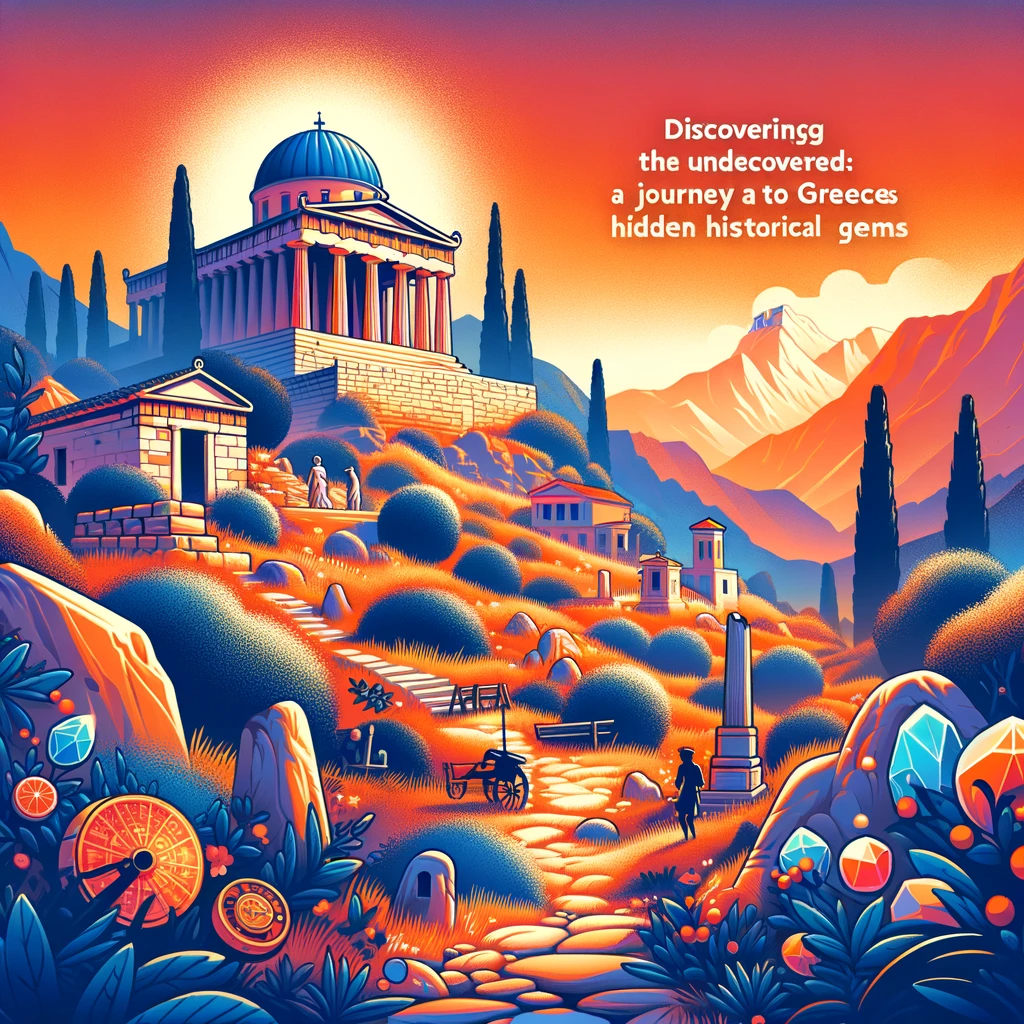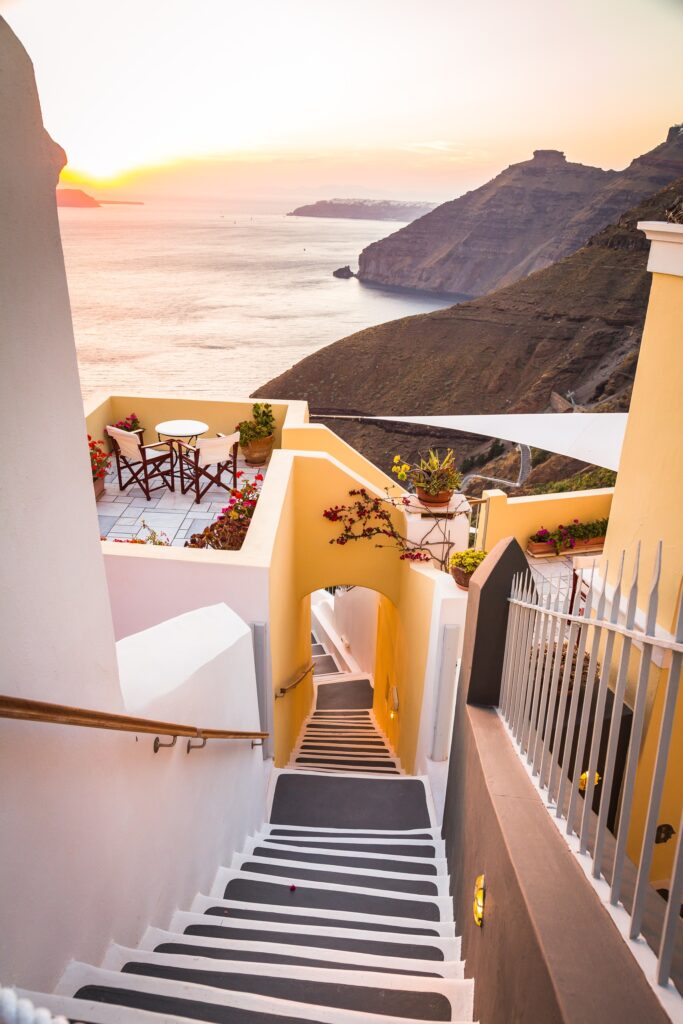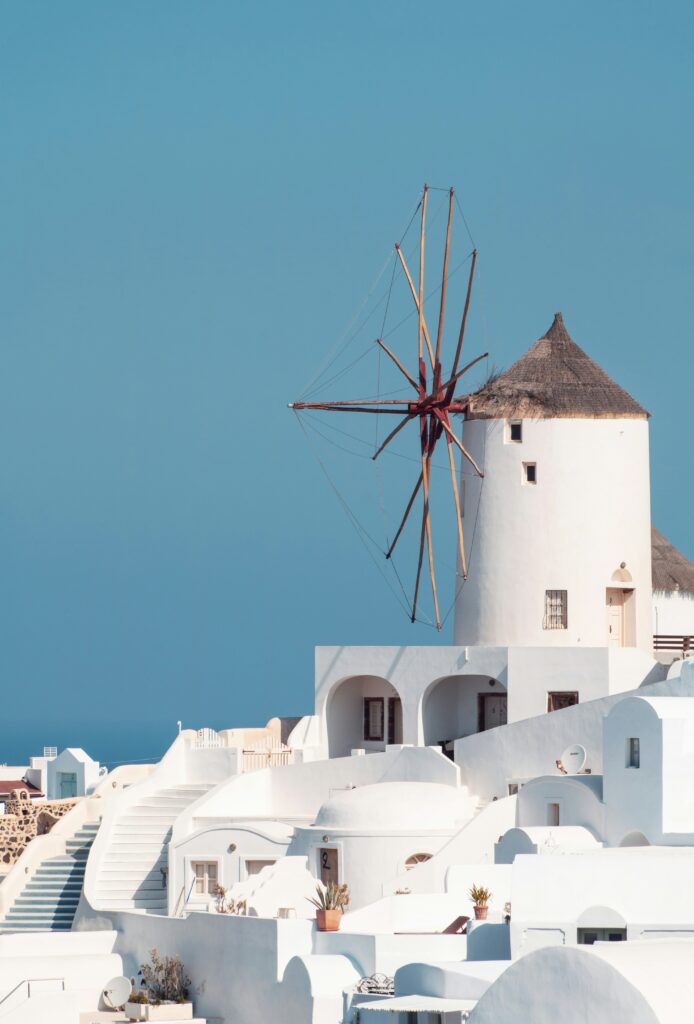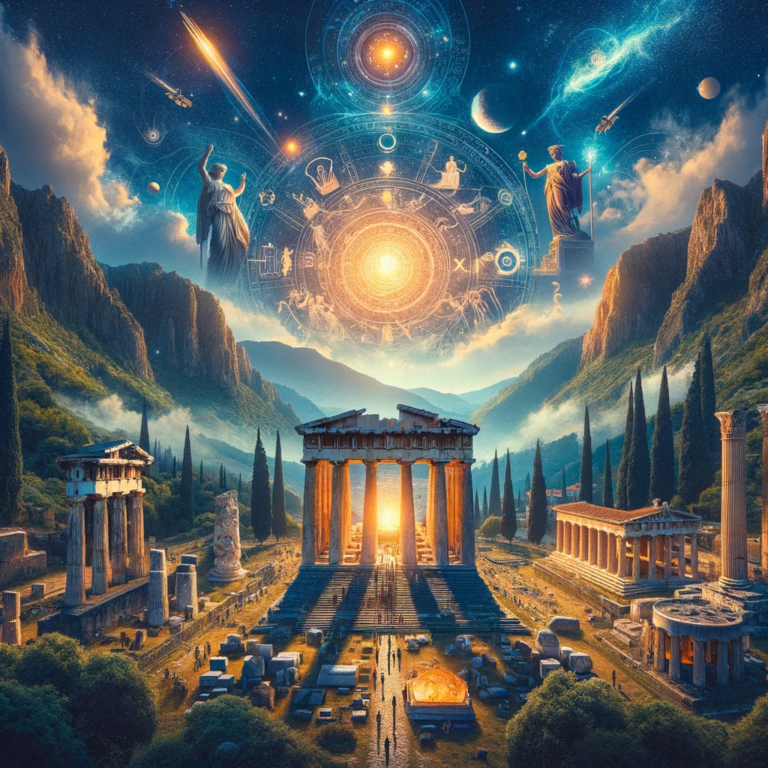
The Lost City of Helike – Once known as the real-life Atlantis, submerged and rediscovered, Helike offers a hauntingly beautiful glimpse into the past.

Photo by Andre Benz on Unsplash
In the shadow of ancient myths and the whispers of legends, lies the Lost City of Helike, a place shrouded in mystery and allure. For centuries, this fabled city, often likened to the legendary Atlantis, lay hidden beneath the earth and sea, its stories submerged in the annals of time. It was a city lost, but not forgotten, whispered about in the corridors of history as a haunting reminder of nature’s unfathomable power.
The tale of Helike is one of tragedy and wonder. In a single night, as the ancients tell it, the city was swallowed by the earth and sea, vanishing without a trace in the winter of 373 BC. This catastrophic event left behind a legacy wrapped in speculation and awe. For years, Helike became nothing more than a tale, a ghostly city that had slipped beneath the waves, its existence questioned by skeptics and dreamers alike.
But the city, like a phoenix rising from the ashes, re-emerged from the depths of obscurity. In the late 20th century, archaeologists, driven by an unquenchable thirst for truth and history, began to uncover the remnants of this once-great city. What they found was a world frozen in time, a snapshot of life in ancient Greece, preserved beneath layers of sediment and sea.
Walking through the rediscovered Helike, one can’t help but feel a sense of eerie beauty. The ruins speak of a time long past, yet they resonate with a timeless quality. The streets, once bustling with life, now lay silent, but the echoes of the past linger in the air. You can almost hear the distant laughter of children playing, the hushed conversations of traders in the marketplace, and the solemn processions of priests and priestesses.
The artifacts unearthed tell a story of a civilization both advanced and vibrant. Coins, pottery, and statues depict the wealth and artistry of the Helikeans. The remnants of their temples and public buildings speak of their architectural prowess and their devotion to the gods.
But perhaps the most haunting aspect of Helike is its sudden disappearance, a poignant reminder of the impermanence of human endeavors in the face of nature’s might. It stands as a testament to the fragility of civilizations, no matter how advanced or prosperous they may seem.
Today, Helike invites the curious and the scholarly, the dreamers and the historians, to explore its ruins and ponder its mysteries. It’s a journey not just through ruins, but through time and imagination, a chance to connect with a world that once was, and to reflect on the enduring legacy of our own civilizations.
In Helike, the past is not just remembered; it is felt, touched, and lived. It’s a hauntingly beautiful journey into the heart of history, a voyage to a place where the past and present merge, where myths are unraveled, and where the lost city of Helike, the real-life Atlantis, reveals its long-held secrets.
“The Mystical Oracle of Dodona – Nestled in the lush Epirus region, Dodona’s ancient theater and oracle site whisper tales of ancient Greek spirituality.”

Photo by Ryan Spencer on Unsplash
In the verdant embrace of the Epirus region, where the ancient boughs of oak trees sway as if to the rhythm of forgotten songs, lies the mystical Oracle of Dodona. This revered site, steeped in the mists of time, is more than just a relic of the past; it is a hallowed ground that resonates with the echoes of ancient Greek spirituality.
Dodona, known as the oldest of the Greek oracles, predates even the famed Delphi. It was here that the rustling leaves of the sacred oak trees were believed to carry the voices of the gods, a divine whisper that guided kings and commoners alike. The priests and priestesses of Dodona, known as the Selloi, would interpret the rustling of the leaves, the murmuring of the springs, and the clanging of bronze cauldrons, divining the will of Zeus and Dione.
The centerpiece of Dodona is its magnificent theater, one of the largest of the ancient Greek world. This architectural marvel, carved into the hillside, once echoed with the voices of thousands. Here, the ancient Greeks gathered not just for entertainment, but for sacred festivals and rituals, a testament to the site’s spiritual and cultural significance.
As you wander through the ruins of Dodona, the sense of spirituality is palpable. The theater, with its grandeur now softened by time, still stands as a silent witness to the countless dramas, both human and divine, that unfolded on its stage. The remnants of the oracle, though now quiet, still hold an air of mystery, a reminder of a time when the divine and the mortal realms were believed to be intertwined.
The beauty of Dodona lies not just in its ruins, but in the stories and legends that permeate its very soil. It is a place where mythology feels tangible, where one can almost hear the whispers of Zeus in the gentle breeze, and where the ancient rituals of divination seem just a breath away.
Dodona invites the modern traveler to step back into a world where the gods spoke through nature, where spirituality was as much a part of the landscape as the trees and the hills. It’s a journey into the heart of ancient Greek belief, a chance to connect with a past that still holds lessons for us today.

In the tranquility of Dodona, amidst the rustling leaves and the ancient stones, one can’t help but feel a connection to the ancients who once sought wisdom here. It’s a place that invites reflection and wonder, a sacred site that whispers the enduring tales of ancient Greek spirituality.
“The Enigmatic Ruins of Pavlopetri – Submerged beneath the crystal-clear waters, Pavlopetri invites you to explore the world’s oldest known submerged city, dating back over 5,000 years.”
Beneath the shimmering surface of the Mediterranean, off the coast of southern Laconia in Greece, lies a forgotten world, a city lost to the waves and time. This is Pavlopetri, the enigmatic submerged city, a place where history and legend intertwine beneath the sea. Dating back over 5,000 years, Pavlopetri is a mesmerizing underwater tapestry of streets, buildings, and courtyards, a silent testament to a once-thriving Bronze Age civilization.
The discovery of Pavlopetri is a story of wonder, a chance encounter with the past that has captivated archaeologists and historians alike. It was revealed to the modern world in 1967, and since then, it has been a subject of fascination and study, offering a unique glimpse into the life of an ancient community. The city’s well-preserved layout, with its complex of houses, temples, and tombs, provides an unparalleled opportunity to understand the daily lives of its inhabitants.
As you glide over the ruins, the sense of mystery is overwhelming. The city’s streets and buildings, now inhabited by schools of fish and adorned with marine flora, create an otherworldly landscape. It’s a surreal experience, diving through these ancient ruins, where every stone and artifact tells a story of a civilization long gone but not forgotten.

Photo by Ryan Spencer on Unsplash
Pavlopetri’s significance extends beyond its age and preservation. It offers insights into the early days of urban planning and architecture. The city’s design reflects a sophisticated understanding of community layout, with evidence of organized streets, domestic buildings, and possibly even a water management system. These remnants provide a rare window into the Bronze Age society, its social structures, and its interactions with neighboring civilizations.
The city’s submersion, believed to have been caused by earthquakes and rising sea levels, adds to its mystique. Pavlopetri stands as a poignant reminder of the power of nature and the impermanence of human achievements. Yet, in its underwater silence, it also symbolizes resilience and endurance, qualities that echo through the millennia.
Exploring Pavlopetri is more than an archaeological adventure; it’s a journey into a world that bridges the gap between myth and history. It’s an invitation to imagine life as it was thousands of years ago, to swim through the corridors of time, and to marvel at the enduring legacy of our ancient ancestors.

Photo by Massimiliano Donghi on Unsplash
In the enigmatic ruins of Pavlopetri, history is not just studied; it is experienced. It’s a place where the past is not just remembered but is vividly alive, submerged beneath the crystal-clear waters, waiting to share its secrets with those who seek to uncover them.



